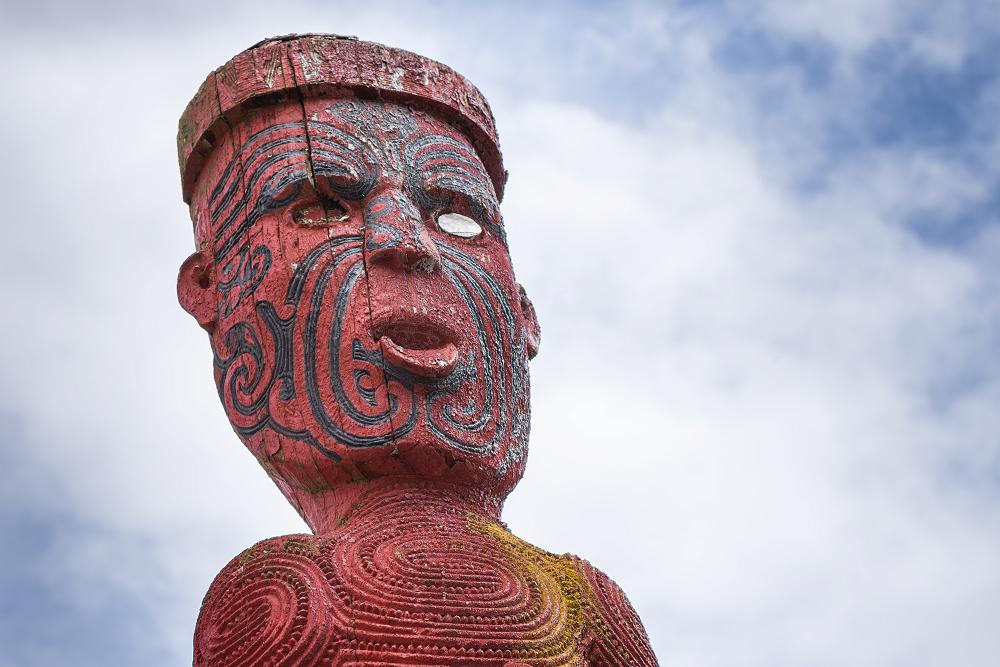
Hagley's Te Reo Māori Language Plan
Te takata, te whanau, te hapori. Our language plan has been developed and shared across our kura. The plan is all about promoting the normalisation of Te Reo Māori around Hagley. What does actioning our language plan look like?
Te Reo and Tikanga courses for ākonga have expanded and are now offered from Years
9-12. Many kaiako have now been learning Te Reo at Hagley since 2015, with
continuing enrolments in both advanced and beginner Te Reo, and staff using
greetings and everyday expressions in class and assemblies.
There has been ongoing whole-staff professional learning, with our focus this term being on how we can successfully engage Māori ākonga in learning. Our staff are working with Phyllis Callaghan from Kaha Education to enable them to connect Māori ākonga to their Māori world through culturally responsive curriculum.
We've also been strengthening the bi-cultural element in our formal occasions. Prizegivings include with waiata and karakia. We welcome our manuhiri through a mihi whakatau with confidence in traditional protocols. Our staff now include a haka pōwhiri, ’Tōia Mai’, at the start of a mihi whakatau as our way of welcoming manuhiri to Hagley. The meaning of ‘Tōia Mai’ is the 'pulling up' of everything manuhiri bring with them in their individual ‘waka' – their histories, languages, ancestors, and everything else that makes them who they are – so it’s an appropriate way of acknowledging our diverse students and valuing what they bring with them as they come to start at Hagley.
More whakatauki are being installed around Hagley, with learning areas asked to select and nominate whakatauki that are meaningful for their work. The promotion of our values – trust, respect, integrity, and personal responsibility – will also include a strong bi-cultural element. All new signage around Hagley is in Te Reo and English.
We’ve been making our Māori name, given to us by Ngai Tahu, a feature in how we talk about Hagley. Yes we are Hagley, but we also call ourselves Te Puna Wai O Waipapa [the freshwater spring of the Waipapa area], or Te Puna for short. There were natural springs on the Hagley site and Māori in the area came to collect water. In many respects, the role of our place now is similar, with people in our region coming here for what Te Puna offers now as a regional hub.
Our language plan is reflected at a high level in our strategic documents too. Our vision is captured in our whakatauki: ka puāwai te koru, ka puāwai te tangata (as the koru opens, so too does the person). That whakatauki is about inspiring our students’ futures and transforming their lives. We believe that effective engagement in learning is based on the relationships we build with each of our students and on each student’s well-being. We do this so that, like a koru opening, each student will achieve to their full potential, will develop the personal values and competencies critical to successfully learning, living and contributing in society, and will transition successfully from Hagley to further learning, training or employment.
